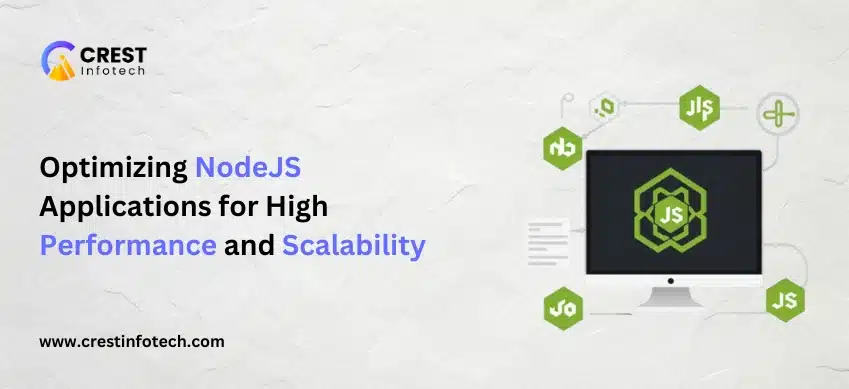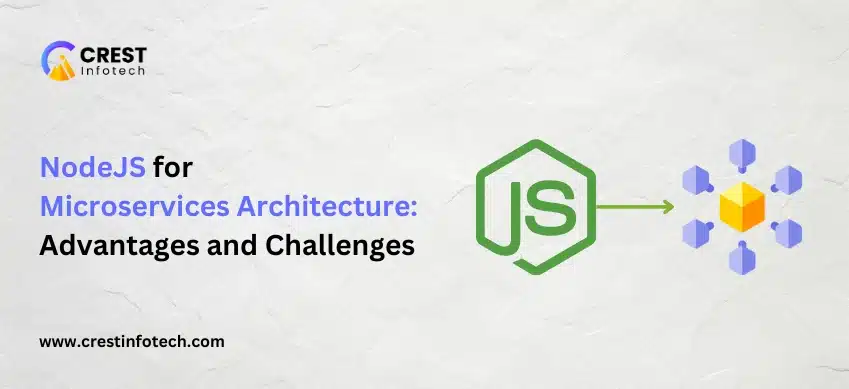Introduction
Modern web applications demand speed, scalability, and flexibility—both in terms of performance and data handling. Node.js, with its non-blocking architecture, and MongoDB, a document-oriented NoSQL database, make a powerful combination for building fast and flexible web apps.
This article will guide you through the benefits of using MongoDB with Node.js, how to set up the integration, and real-world best practices to leverage their full potential.
Why Choose MongoDB with Node.js?
- ✅ JavaScript Everywhere
Both Node.js and MongoDB use JavaScript (or JSON) natively, which means developers can write both frontend and backend code using the same language. - ⚡ High Performance
MongoDB is designed for high throughput and scalability. Combined with Node.js’s event-driven model, the duo delivers excellent performance. - 🔄 Flexible Data Model
MongoDB stores data as BSON documents, allowing for a flexible schema that evolves with your application’s needs.
Getting Started: Setup and Integration
🔧 Step 1: Install MongoDB
Ensure MongoDB is installed and running locally or use a cloud service like MongoDB Atlas.
🛠️ Step 2: Initialize Node.js Project
mkdir mongo-node-app
cd mongo-node-app
npm init -y
npm install express mongooseexpress: A minimal web framework for Node.js
mongoose: An ODM (Object Data Modeling) library for MongoDB and Node.js
Connecting MongoDB with Node.js using Mongoose
📄 Create app.js
const express = require('express');
const mongoose = require('mongoose');
const app = express();
app.use(express.json());
mongoose.connect('mongodb://localhost:27017/myapp', {
useNewUrlParser: true,
useUnifiedTopology: true
}).then(() => console.log('MongoDB connected'))
.catch(err => console.log(err));
const userSchema = new mongoose.Schema({
name: String,
email: String,
age: Number
});
const User = mongoose.model('User', userSchema);
app.post('/users', async (req, res) => {
const user = new User(req.body);
const savedUser = await user.save();
res.json(savedUser);
});
app.get('/users', async (req, res) => {
const users = await User.find();
res.json(users);
});
app.listen(3000, () => {
console.log('Server running on http://localhost:3000');
});CRUD Operations with MongoDB and Node.js
With just a few lines of code, you can perform full CRUD operations:
- Create:
POST /users - Read:
GET /users - Update:
PUT /users/:id - Delete:
DELETE /users/:id
Example:
await User.findByIdAndUpdate(id, updatedData);
await User.findByIdAndDelete(id);Best Practices for Integration
-
🔐 Use Environment Variables
Store sensitive information like DB connection strings in.envfiles usingdotenv.npm install dotenvrequire('dotenv').config(); mongoose.connect(process.env.MONGO_URI); -
📊 Schema Validation
Use Mongoose’s built-in schema validation:age: { type: Number, min: 0 } - 🌐 Use MongoDB Atlas for Cloud Hosting
Get automated scaling, backups, and monitoring. - 🔄 Enable Pagination and Filtering
For large datasets, implement pagination and filters for better performance.
Use Cases Where MongoDB + Node.js Shines
- E-commerce platforms (dynamic product catalogs)
- Social media apps (real-time feeds, flexible user data)
- Content management systems (CMS)
- Analytics dashboards
- IoT and sensor data apps
Conclusion
Integrating MongoDB with Node.js gives you a modern, powerful stack for building scalable and flexible web applications. With JSON-based data models, high performance, and the ability to scale horizontally, this duo is ideal for today’s fast-paced development environments.
Whether you’re building a simple REST API or a complex enterprise-grade application, MongoDB and Node.js offer the tools you need to deliver real-world functionality with ease.
🚀 Ready to Build?
Start building your first MongoDB + Node.js app today and unlock the power of modern full-stack JavaScript development!



